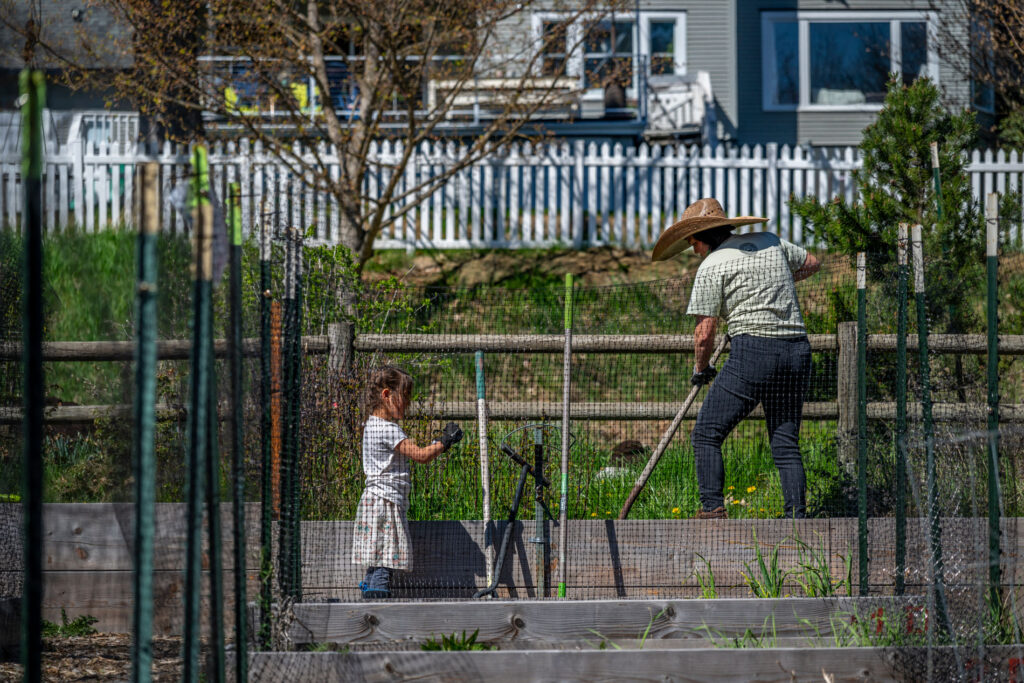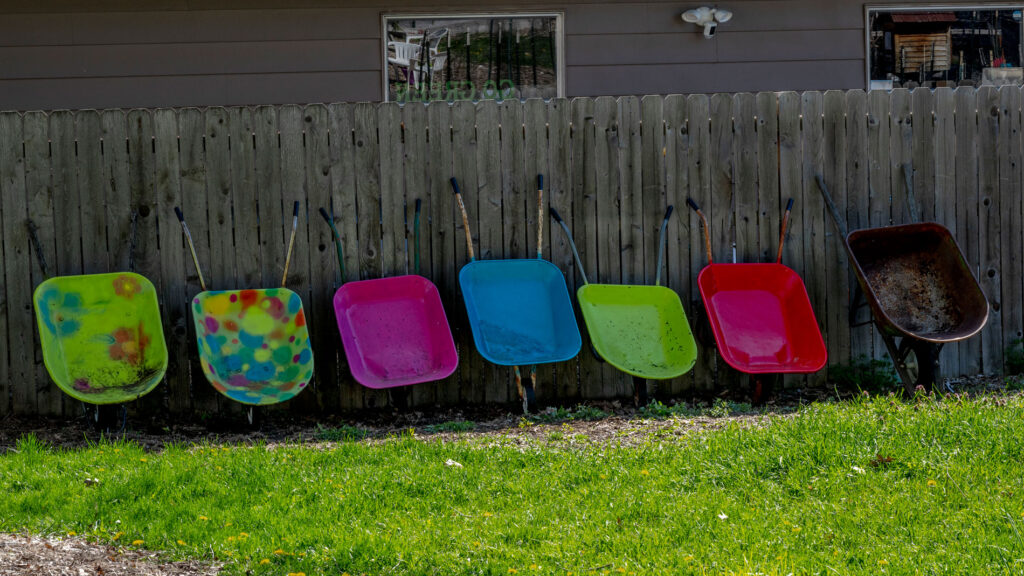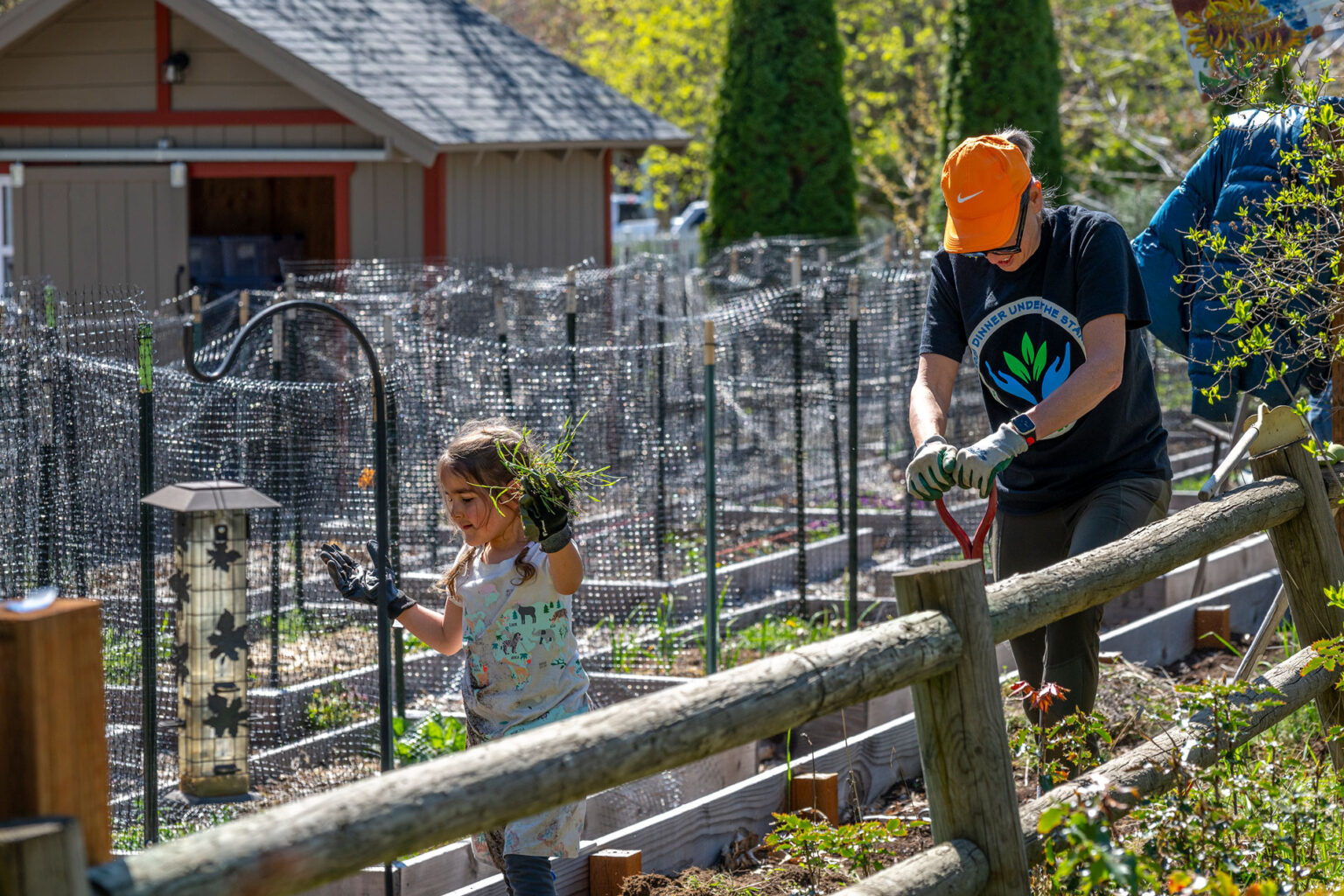In Kootenai County, Idaho, where I live, there are at least six community and non-profit gardens, some independent and some associated with food banks and community kitchens. I was saddened by the recent announcement that one of those kitchens would be closing and the property would be developed for housing.
Originally established to reclaim a local Coeur d’Alene Tribe agricultural and historic site in addition to serving the North Idaho College culinary program and community, this vibrant little garden has given so much and will be such a loss to this area. Gardens, open spaces and parks all provide natural benefits to any urban area, but community gardens offer truly special advantages and betterment for people, neighborhoods, cities and environments.
The first recorded evidence of food cultivation dates to around 23,000 years ago when edible grasses were grown on the shores of the Sea of Galilee in what is now known as the Middle East. What we today call a “community garden” in the U.S. was first cultivated during the 1890s to meet the needs of the economic recession. Detroit’s Mayor Hazen Stuart Pingree introduced his “potato patch” program that set aside vacant lots for food cultivation when many of the city’s industrial workers were unemployed and hungry.

During the World Wars, U.S. citizens were also encouraged to plant “victory” gardens and to store and preserve the fruits and vegetables for home and community consumption so that large-scale crops could be used to feed our troops overseas. By the end of WWII, there were approximately 20 million victory gardens in the U.S. producing 8 million tons of food and 40% of the fresh fruits and vegetables served in homes in the country. Eleanor Roosevelt even established a victory garden at the White House.
The history of the Bowery in New York City is an exceptional example of how urban farming and community gardening can bring life, vibrance, food relief and environmental sustainability to cityscapes. The historic 1.5-mile Bowery was originally a dirt trail on Manhattan Island and wandered up to the island’s upper fringes. It connected farms and homes on what was then the outskirts of the city with the heart of New York. At the height of its development, it housed grand theaters, stoic banks, high-end shops and the mansions of New York’s wealthiest. However, the Civil War took its toll on this thoroughfare, and eventually, it became home to brothels and disreputable concert halls and bars. The mansions gave way to crowded, crumbling hotels, boarding houses and tenements. The Bowery became the east border of the slum known as the “Five Points.” In 1878, an elevated train added more pollution to the declining neighborhood, which continued until the 1960s.
The NYC Parks Department began to actively seek community input and facilitate outreach regarding transforming vacant lots into usable and improved open spaces. From this, the Community Garden movement was birthed by Liz Christy and her Green Guerillas in the Bowery on the Lower East Side of Manhattan. They and other volunteers spent about a year working a lot on the northeast corner of Bowery and Houston Street. They first removed a vast amount of trash, and then they added topsoil to the impoverished ground, built fences, planted 60 vegetables, and eventually added other elements of beauty, art and hospitality. In 1974, the city approved a $1 monthly lease for the “Bowery Houston Community Farm and Garden,” and the group continued to develop the garden, adapt plants to hostile environments, share what they grew with their community and donate plants to budding gardens across the city. The resulting GreenThumb program went on to support these types of neighborhood revitalization efforts through funding by the federal Housing and Urban Community Development Block Grants. And through other programs, groups and legal battles, 400 sites across New York are now “preserved” for community gardens and gardeners.
The 2022 U.S. Census revealed that the average age of farmers in this country is 58 years. I am personally acquainted with four farmers well over that age who love what they do but would have been grateful to retire five years ago. However, there is a gap in interested and even aware or knowledgeable young producers interested in carrying on the vital business of providing food, animal feed, fuel and fiber for an ever-expanding population. Of the 3.4 million farmers, large and small scale, only 9% are 35 years or younger. Urban growing, community gardening, and home horticulture can play a vital role in bringing education, awareness and passion for growing food, horticulture and agriculture to the next generations.
City green spaces and gardens also play an important role in keeping our environments healthy. Just one acre of greenery (not lawns!) can, over time, absorb up to two tons of sulfur dioxide, which is the main component of acid rain and a serious respiratory concern. Diverse plants, crops, shrubs and trees provide habitat for birds, insects and small animals. Green spaces create oases of cooling shade in the midst of concrete jungles. Plants can also improve soil health as well as water conservation, even on the most blighted-looking empty lot.

Even a traditional wheelbarrow can brighten the area.
As we hope for a future of verdant gardens and farms, green neighborhoods and healthy food grown with conscientious hands, we can’t help but realize that we must work together to build and conserve that future. Community gardens bring people together, hands in the dirt, sharing knowledge, experience, food, work and life. Food, drink and shared experiences have the capacity to deeply connect us to each other and the healing, grounding influence of nature. The therapeutic mental and emotional benefits of gardening and growing food are well documented and can increase physical health as well as help reduce stress, hunger, poverty and crime in a community. Community gardens also have the capacity to improve both lifestyle and value in a neighborhood as they beautify and bring people together.
Do you grow a home garden? Does your area have a community garden? Consider today how you might share your growing experience with others and conserve the life-giving tradition of cultivating food right where you live with your own hands, for future generations and the people you have been given right here, right now. Volunteer with a local food bank or donation garden. If your city allows it, put out a small garden stand on your sidewalk with surplus veggies from your garden. Join a workshop put on by your county’s Master Gardener program. Shop at the farmer’s market. Or even ask your farmer if they need an extra pair of hands on harvest or market days. In the process, you’ll find that growing and giving such green, nutritious life has its abundance of reward. N
As Seen in the 2024 Summer/Fall Edition
By: S. Michal Bennett
Photography By: Joel Riner



